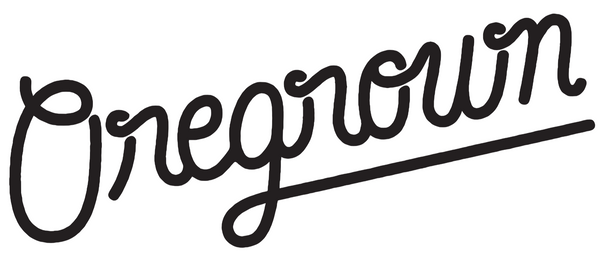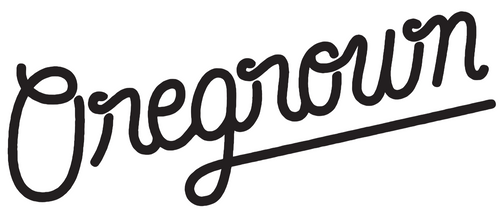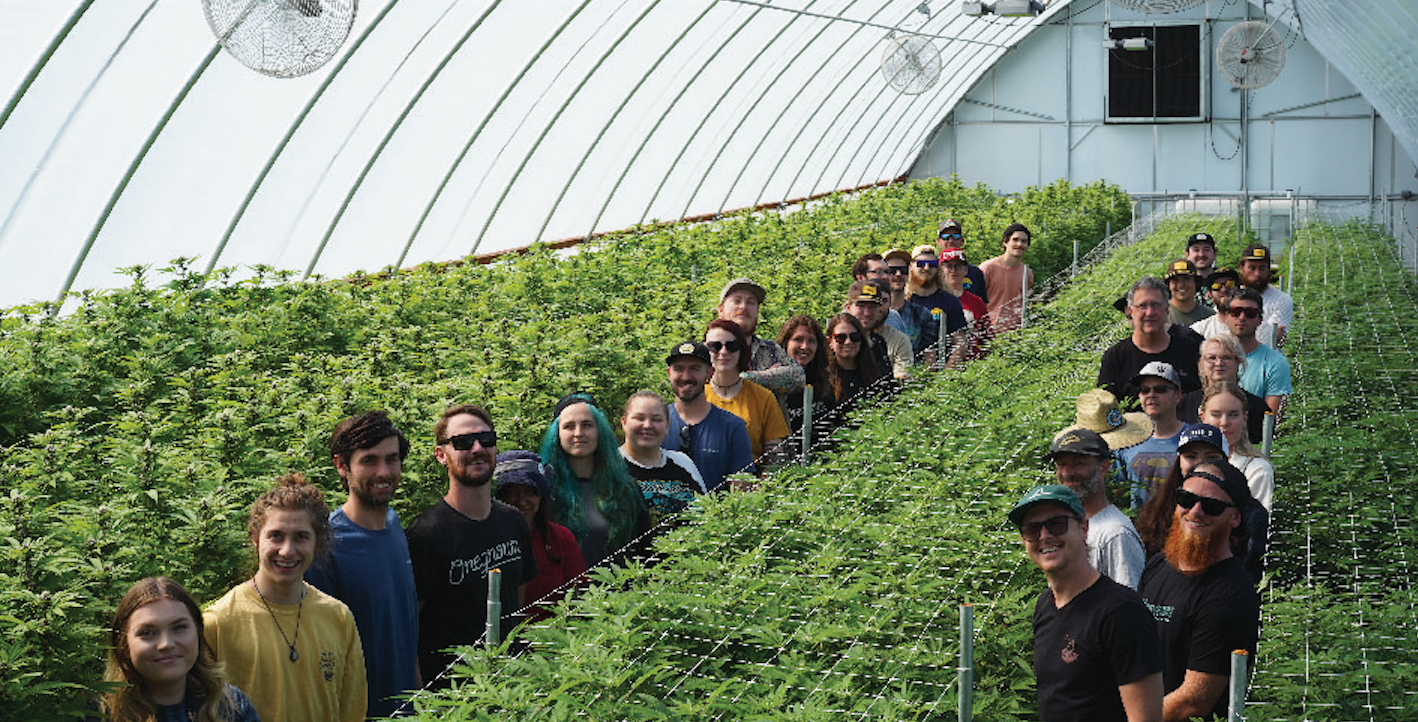
Our Story
Established in 2013
Lorem ipsum dolor sit amet, consectetur adipiscing elit. Quisque ultrices lobortis risus id porttitor. In quis ex massa. Pellentesque sed pretium eros.
Locally Owned, Locally Operated
Lorem ipsum dolor sit amet, consectetur adipiscing elit. Quisque ultrices lobortis risus id porttitor. Lorem ipsum dolor sit amet, consectetur adipiscing elit. Quisque ultrices lobortis risus id porttitor. Lorem ipsum dolor sit amet, consectetur adipiscing elit. Quisque ultrices lobortis risus id porttitor.
Locally Owned, Locally Operated
Lorem ipsum dolor sit amet, consectetur adipiscing elit. Quisque ultrices lobortis risus id porttitor. Lorem ipsum dolor sit amet, consectetur adipiscing elit. Quisque ultrices lobortis risus id porttitor. Lorem ipsum dolor sit amet, consectetur adipiscing elit. Quisque ultrices lobortis risus id porttitor.
OUR FARM
OUR PURPOSE

 Pick-Up or Delivery?
Select Your Store:
Pick-Up or Delivery?
Select Your Store:



